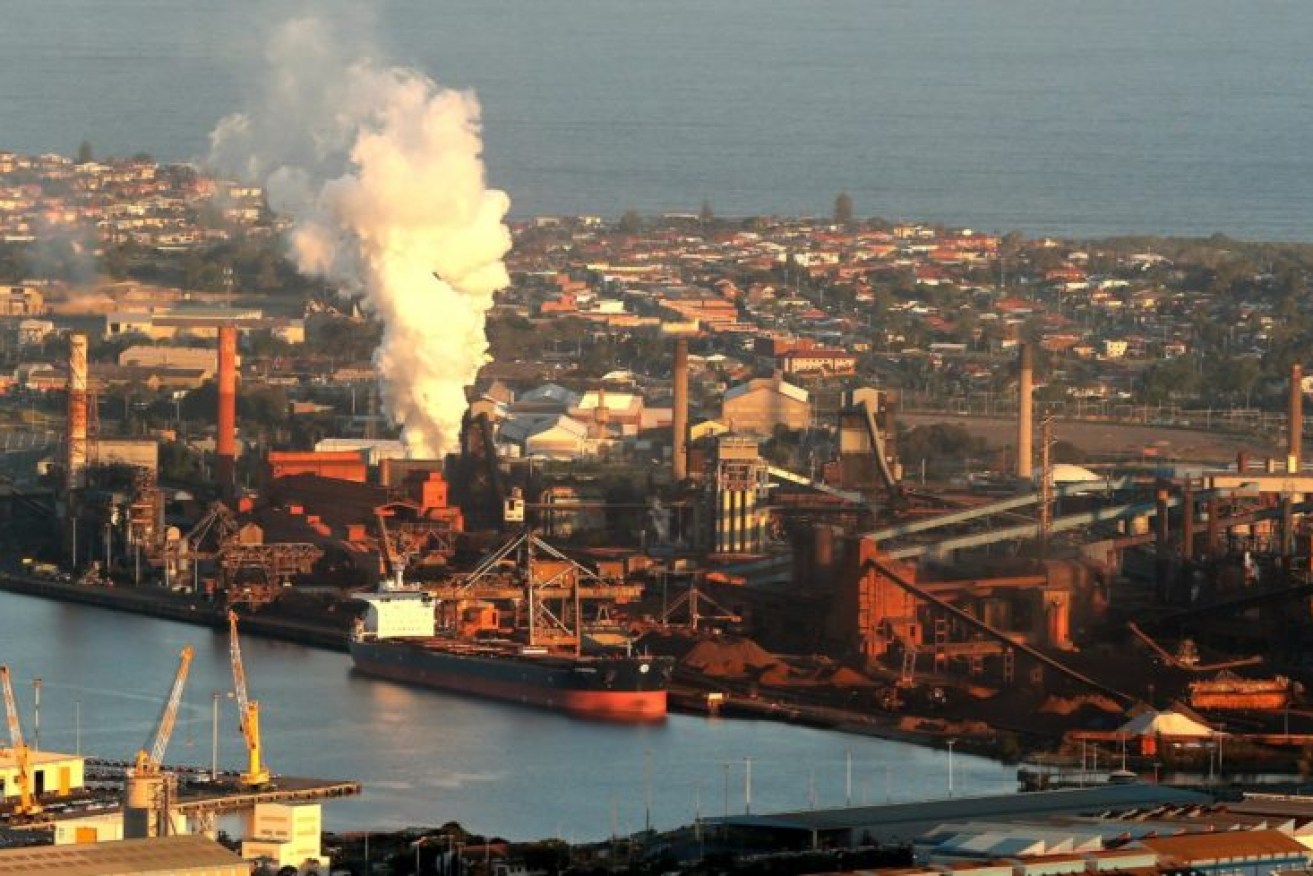Economic growth weakens in the March quarter to just 0.3 per cent


Australia 's growth weakens but stays positive. Photo:AAP
Australia’s GDP just managed to stay in positive territory over the March Quarter, rising just 0.3 per cent but allowing the country to claim a world record.
The figures mean the Australian economy has surpassed the record for consecutive positive growth held by The Netherlands of 25 years and nine months.
But the average Australian is not feeling the benefits, with record low wages growth outside the public sector in the ACT and Victoria forcing people to dip into their savings to maintain their living standards.
In annual terms, growth averaged 1.7 per cent compared with 2.4 per cent for the annualised result to December.
While weak, growth was higher than many had expected with a survey of economists tipping barely positive outcome of 0.1 per cent and 1.4 per cent for the year.
Treasurer Scott Morrison said the result “demonstrates the continued resilience of the Australian economy and demonstrates also the need to continue to make the right choices to create more and better jobs”.
“The modest levels of growth shown were anticipated in the budget, so would not affect budget outcomes,” the Treasurer said.
The Australian dollar jumped to a one-month high against the US dollar following the announcement, trading at US75.29c at midday.
The sharemarket was slightly weaker with the S&P/ASX 200 index down 0.1 per cent to 5664.2 points.
While there was growth across 17 of 20 areas of the economy measured by the Australian Bureau of Statistics, a big slide in building investment weighed on the result.
“This broad-based growth was tempered by falls in exports and dwelling investment. Dwelling investment declined in all states, except Victoria, and overall is the largest decline for Australia since June 2009,” ABS chief economist Bruce Hockman said.
Overall investment in housing was down 4.4 per cent.
“Even though there was a fall in dwelling investment this quarter, levels are still historically high. There was also positive growth in household consumption, albeit in non-discretionary items such as electricity and fuel purchases,” Mr Hockman said.
“The softer growth in household consumption is broadly in line with modest income growth.”
The trade sector was the biggest drag, with exports down 2.6 per cent for the quarter, led down by iron ore and coal shipments which were interrupted by bad weather in Queensland.
Overall exports lopped 0.4 per cent off GDP.
Stephen Anthony, chief economist with Industry Super Australia, described the result as “not great”.
“If you separate out all the one off and seasonal factors we’re only breaking even or are slightly negative,” he said.
“There’s a bad story on the compensation of employees with only some wage growth in the public sectors in the ACT and Victoria. Outside that compensation is not keeping up and savings are falling as people use them to make up for it.”
“The population is growing 1.5 per cent so if we don’t get a positive GDP figure of 1.1 per cent for the June quarter we won’t get to break even,” Mr Anthony said.








